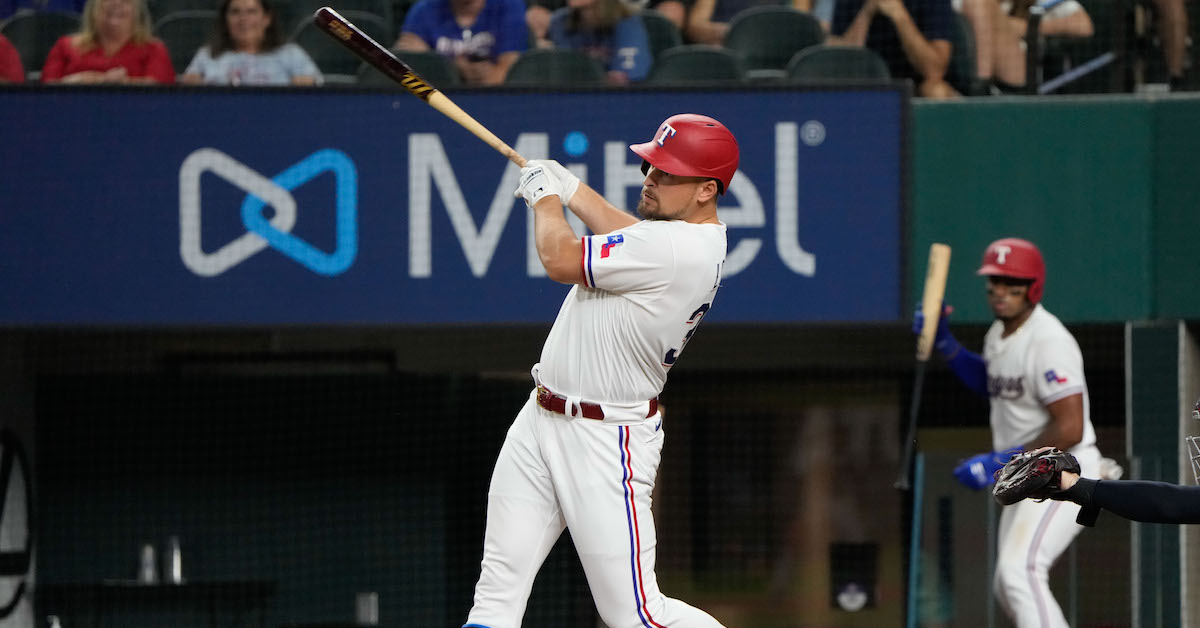Cooperstown Notebook: The Incredible Shrinking Crop of Enshrined Starters

During the 2022 Hall of Fame election cycle, I introduced S-JAWS, an experimental version of my starting pitcher metric, in the service of evaluating candidates on the Golden Days and BBWAA ballots. I promised to return to the topic for a broader look at pitchers from other periods, but before doing so took a little detour related to the representation rates and demographics of the players elected to the Hall. This larger exploration helps to illustrate the importance of looking at the situation in a new light.
Like JAWS, S-JAWS is a Hall of Fame fitness metric based upon Baseball Reference’s version of WAR, though those shouldn’t be the only factors under consideration in a Hall of Fame case, whether we’re discussing pitchers or position players. They’re nonetheless critical to my analysis, a useful first-cut mechanism to tell me, “Is this a candidate worthy of consideration for a spot on a ballot?” but as I’ve stressed through my annual series and elsewhere, other factors such as awards, postseason play, and historical importance are germane as well. Whether we’re using JAWS or S-JAWS — both of which you can see on the Starting Pitchers page at Baseball Reference — that doesn’t change. In fact, that page now defaults to sorting by S-JAWS, though you can see rankings by JAWS or any other category you choose, whether it’s WAR or innings pitched or ERA+ or some other stat.
Like JAWS, S-JAWS uses an average of a pitcher’s career and peak WAR (best seven seasons at large) for comparisons to the averages of all Hall of Fame pitchers. The idea behind S-JAWS is to reduce the skewing caused by the impact of 19th century and dead-ball era pitchers, some of whom topped 400, 500, or even 600 innings in a season on multiple occasions. The way I’ve chosen to do this is by prorating the peak-component credit for any heavy-workload season to a maximum of 250 innings. I chose 250 because it’s a level that the current and recent BBWAA candidates rarely reached, and only one active pitcher (Justin Verlander) has, albeit by a single inning a decade ago. Over the past 22 162-game seasons — in other words, every one since 1999, save for the pandemic-shortened 2020 campaign — only eight out of 44 league leaders topped 250 innings, with Hall of Famers Roy Halladay, Randy Johnson, and Mike Mussina accounting for five of those eight seasons. Only two of the past 32 league leaders topped 250 inning, Halladay in 2010 and Verlander the following year, and between them they were a grand total of five outs over the threshold. The various emphases on pitch counts, innings limits, and times through the order make it unlikely we’ll see such levels again, at least on a consistent basis, and while we can debate, lament, and discuss whether it’s worth trying to reverse that trend, that’s not my focus here. Given the current trends in the game regarding starting pitcher usage, five or 10 years from now, looking at candidates on a 200- or 225-inning basis might make more sense, but I think this is a reasonable place to start the adjustments (I’ll have a look at a 200-inning basis at some point). Read the rest of this entry »

